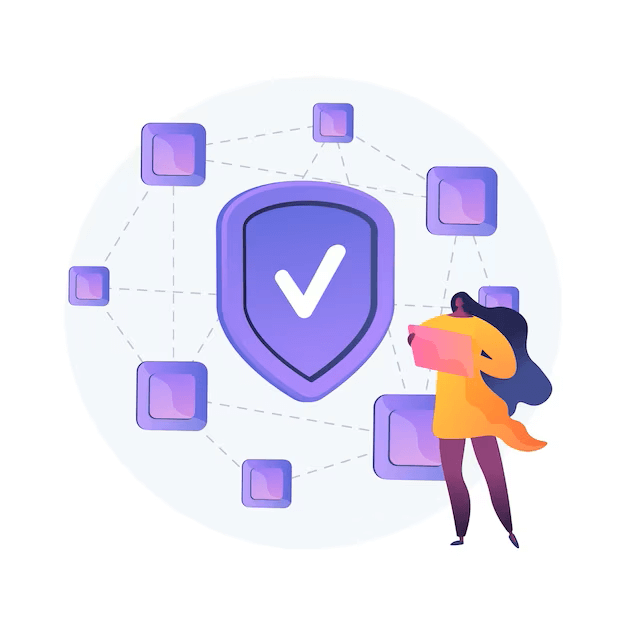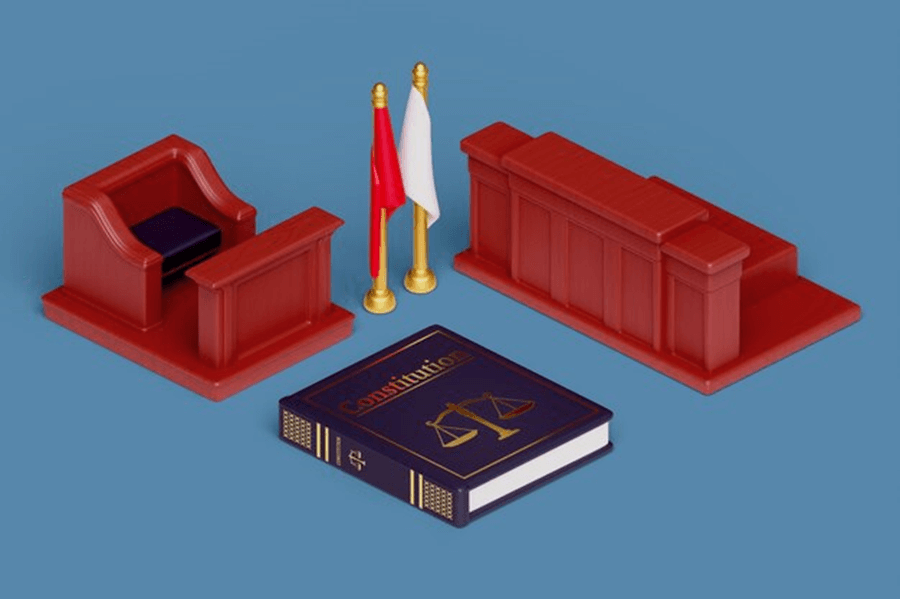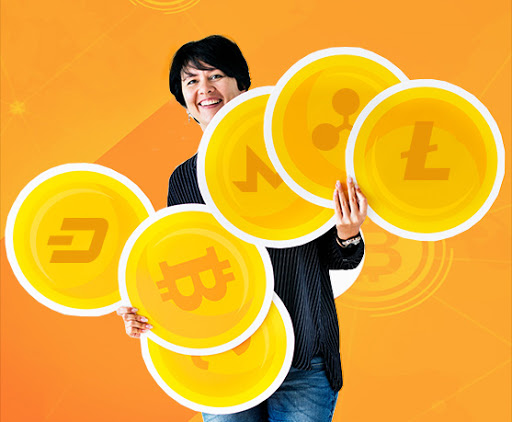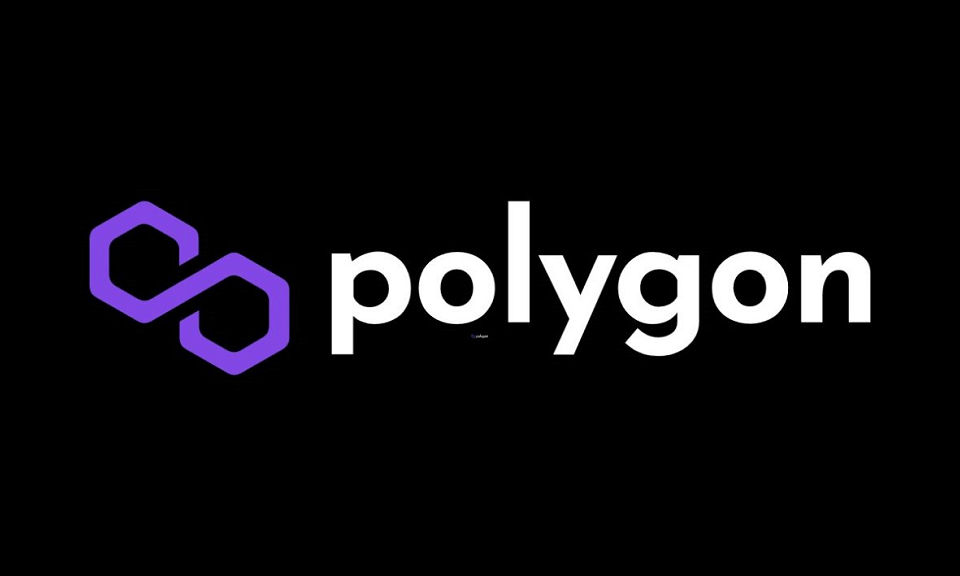DECENTRALIZED APPLICATIONS (dApps)
What are dApps?
Decentralized applications, often referred to as dApps, are software solutions that operate on a blockchain or a peer-to-peer (P2P) network, rather than being hosted on a singular computer. This means that they are not under the direct control or oversight of any single entity.
Frequently constructed on the Ethereum framework, dApps have been designed for numerous applications, encompassing areas like gaming, financial services, and social networking.
DApps encompass a wide range of categories, including but not limited to: trading platforms, gaming, financial services, betting platforms, developmental tools, data storage, high-stake ventures, digital wallets, governance systems, real estate, digital identity solutions, multimedia, social platforms, cybersecurity, energy management, insurance platforms, healthcare, and more.

How do dApps work?
A dApp operates with its backend code on a decentralized P2P network. Concurrently, its frontend code and user interface can be crafted in various languages, mirroring the development practices of conventional applications. For hosting the front end, decentralized storage systems such as IPFS can be utilized.
The inherent trustworthiness and openness of DApps have fueled advancements in leveraging these attributes, especially in the decentralized finance (DeFi) sector.
What are dApps used for?
Decentralized applications or simply dApps are crafted to bring decentralization to various processes and operations, removing the need for middlemen. They span a variety of sectors including autonomous financial agreements, multiplayer gaming, and decentralized social networks. Additionally, dApps provide a platform for trustworthy, blockchain-anchored voting and decision-making systems.
DApps operate either on peer-to-peer (P2P) networks or on blockchain infrastructures. Platforms like BitTorrent, Tor, and Popcorn Time are examples of applications operating on P2P networks, facilitating numerous users to either share or consume content directly.
When it comes to blockchain, dApps function in a transparent, open-source, and decentralized manner, devoid of domination or interference from any central entity. As an illustration, a developer might design an application reminiscent of “X” and deploy it on a blockchain, enabling any participant to post messages. Once these messages are up, they are immutable, meaning no one, including the developers, has the power to erase them.
Pros and Cons of dApps:
There are some significant advantages as well as disadvantages of using dApps. Few of those are mentioned below:
Advantages:
- Enhanced User Privacy: Ensures user data protection and confidentiality.
- Censorship Resistance: Less prone to external interventions and restrictions.
- Adaptable Framework: Allows for diverse dApp creations and iterations.
Disadvantages:
- Scalability Concerns: Being in its nascent stages, there’s uncertainty about its capacity to handle extensive growth.
- Interface Development Issues: Crafting intuitive and easy-to-use interfaces remains a challenge.
- Code Alteration Challenges: Introducing changes or updates to the existing code can be intricate and demanding.
Is Bitcoin a dApp?
Bitcoin, often hailed as the pioneering cryptocurrency, stands as a quintessential example of a DApp. Being open-source in nature, the Bitcoin blockchain showcases transparency with every transaction being public, permanent, and beyond the influence of any singular authority.
This transparency implies that every transaction ever made on the Bitcoin network is visible to anyone who wishes to view it. To incentivize network security, Bitcoin autonomously produces its own tokens by awarding block rewards to miners.
These rewards are periodically halved – specifically every 210,000 blocks, or approximately every four years. This mechanism is designed to mitigate inflationary pressures, ensuring the total Bitcoin supply never exceeds 21 million. Any alterations to the Bitcoin protocol necessitate adoption via its proof-of-work consensus model, demanding a majority agreement among its user base.
Are DApps the future?
Envision a digital landscape where applications are not tethered to the whims and controls of a solitary entity. Instead, they function harmoniously across a myriad of nodes, ensuring democratized access and control. Welcome to the realm of Decentralized Apps, or DApps as they’re popularly known.
In this era where data privacy and decentralization are increasingly becoming pivotal, DApps are not just a trend but a significant shift in the technological paradigm. Offering a promise of enhanced user sovereignty and reduced reliance on central authorities, these applications are reshaping how we perceive and interact with digital platforms. Dive in with us as we journey through the intricate world of DApps, exploring their essence and unveiling how they stand poised to revolutionize the tech industry.
YOU CAN WIN $200 EVERY HOUR




